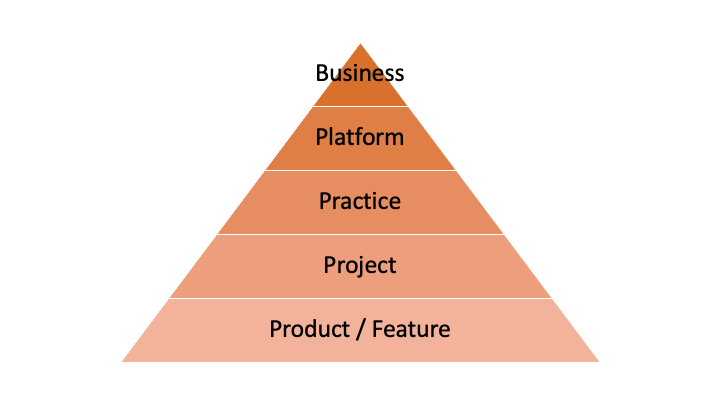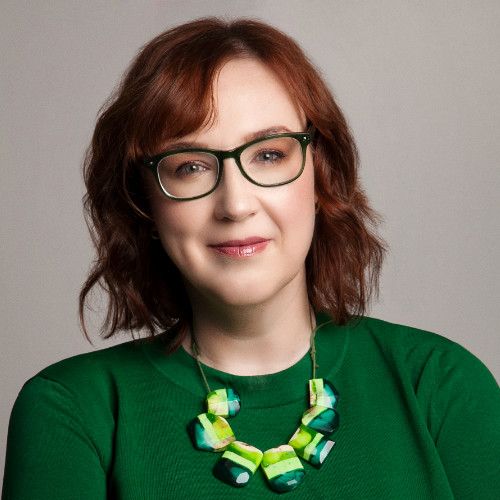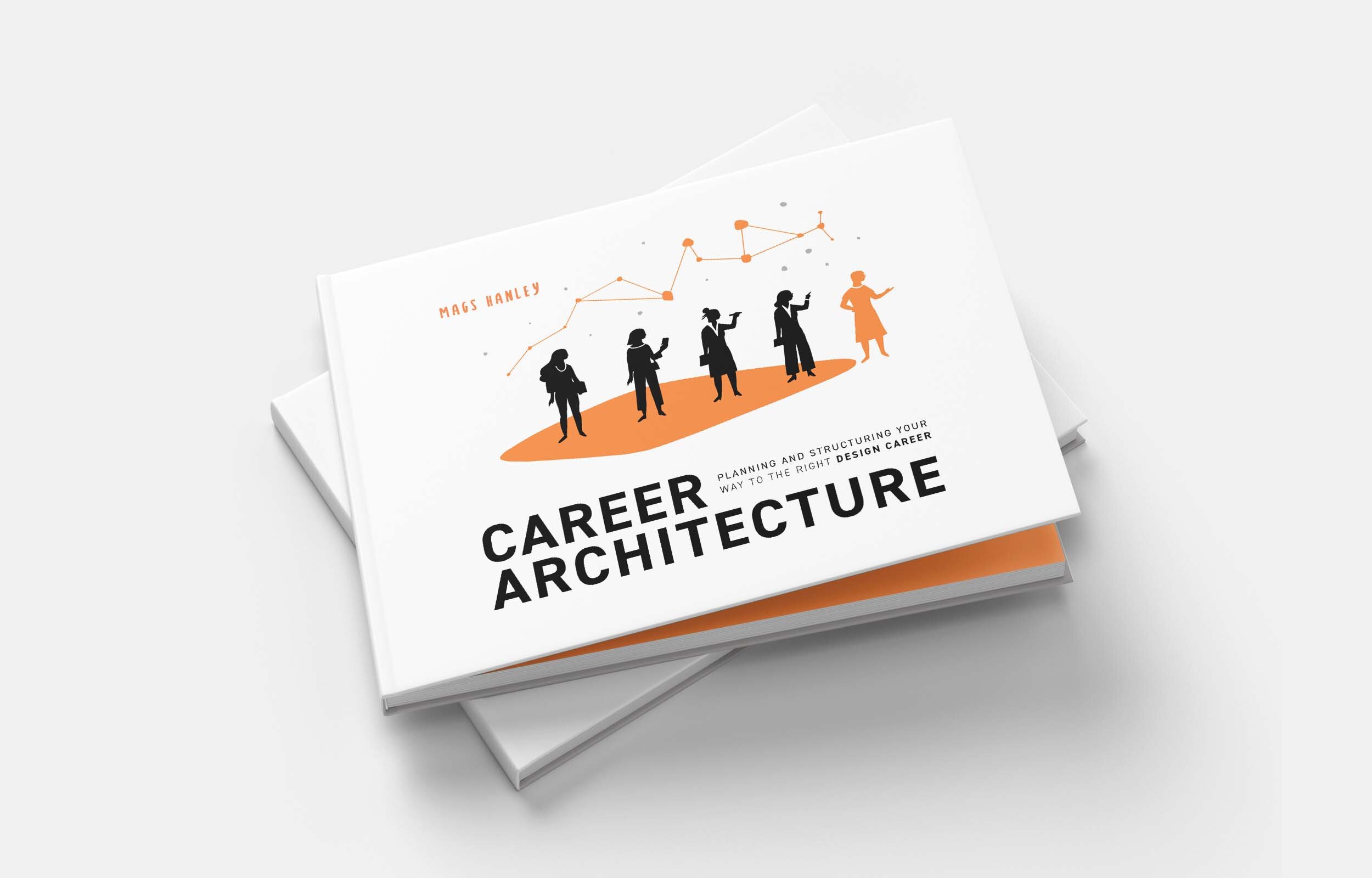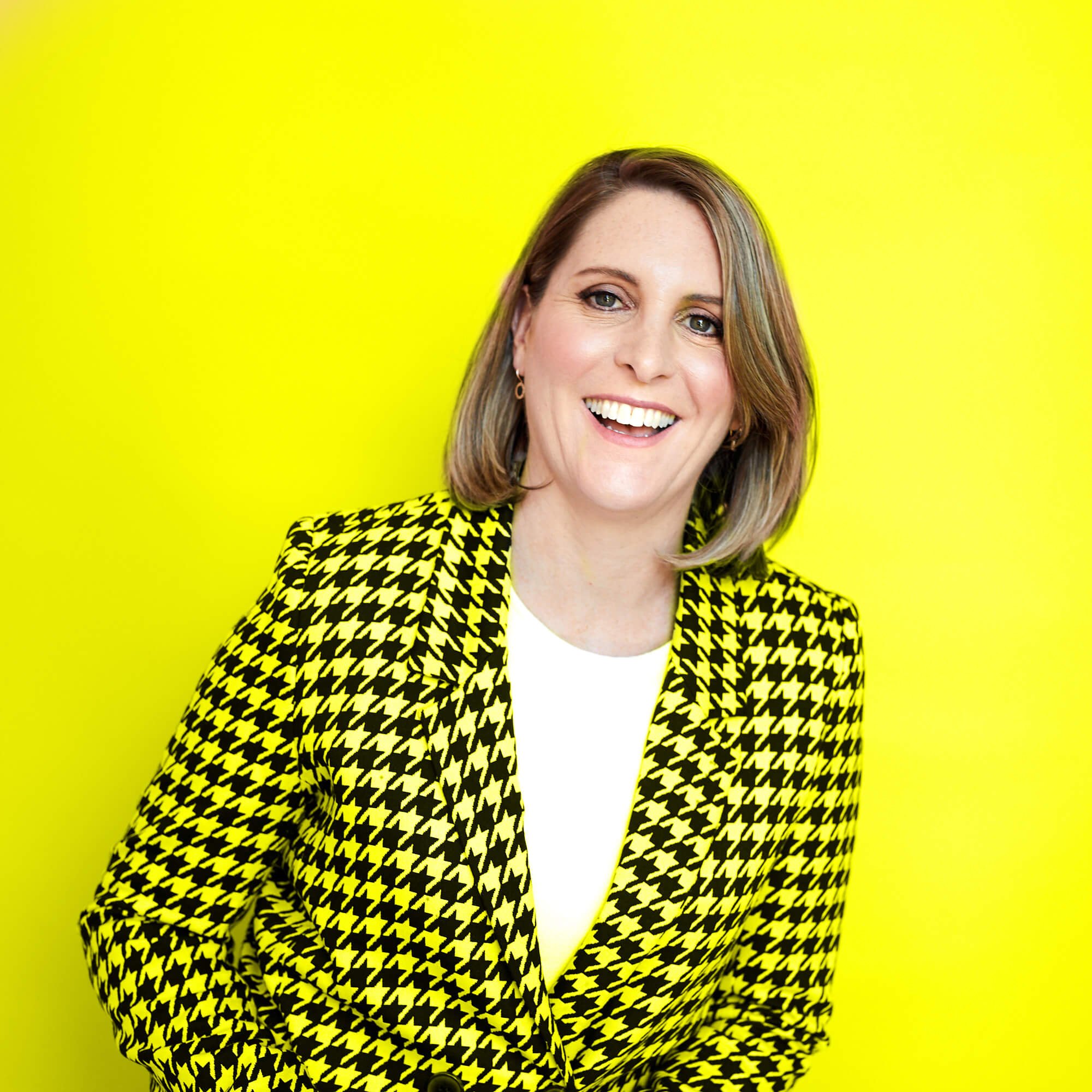Over the years I have worked with many mid to senior designers who feel they are in the design rat-race creating specifications to feed the feature factory, ensuring developers are kept busy delivering software.
Designers ask for more strategic work, to move away from the prototypes, wireframes, and evaluative usability testing, so they can make the difference they were promised when starting in user experience (UX) design.
When designers think of strategic work, they want to get away from the hands-on craft and do more purposeful thinking work — work where they design solutions, create plans, identify strategies at all levels of the organisation.
There are opportunities to do this in organisations; I've listed five areas below.
Five areas of impact for designers

In each of these areas, designers can bring purpose thinking work combined with their knowledge of users, technology and design to make better products, projects and organisations.
At the Business level, designers contribute to the organisational strategy and tactical plans. It is irresponsible to think that designers can do strategy all on their own, but many organisations don't know the impact that designers bring to this level.
Tasks include:
- Deep research into existing and potential customers
- Synthesis of the research to identify users’ mental models and thinking styles
- Facilitation and co-design with senior leaders, bringing the team together
- Creating frameworks allowing the senior leaders to apply the lesson learnt to the organisation
- Experimentation — de-risking new initiatives by experimenting with service and product models
The next level down is Platforms; the development and maintenance of software platforms or product suites. Designers can think broadly about users, understanding their expectations and applying their needs into the meta patterns across the software. The aim is to create frameworks that are applied to different markets and products providing a consistent and coherent experience for the users. Designers’ skills in research, synthesis and diagramming create those frameworks, and working out how they can be applied for each product within the suite.
There are two opportunities to be purposeful in the Design Practice
- Operations where designers strategically ensure the Design and Research practices are well defined with the right activities focused on to support the scaling up of UX. For example deciding on the right time to create design system for quicker design production vs. when to create a roster of research partners to improve the speed and frequency of research
- Design leadership where managers focus on;
- Inward-facing strategy like the values of the group, how the team works together and the group purpose.
- Outward-facing plans such as the services offered to the organisation, the design team structure, and recruitment and hiring
Being strategic in a Project combines two skill sets; project leadership and UX design vision.
Projects usually have many workstreams, have an end date and may have multiple products involved. A lead designer coordinates team members, plans the activities and ensures work is completed to get the project to delivery, as well as holds the vision for the products. Project leadership is not a natural place for purposeful thinking work, as it can be incredibly tactical, perfect for people who organise and lead people.
Lastly the place where most designers get their start in doing purposeful thinking work; Product and Features. Designers bring great impact when they are part of the team defining the product and features rather than working through a burn-down list. To move toward this level of thinking, designers need to prove value first, because designers can’t muscle, advocate or evalgelise their way into strategic thinking for a product. They need to be invited, as Product owns this function. The ideal is to work as a triumervate with Product and Engineering with Product focusing on business and market needs, Engineering on technical requirements and architecture and Design on users and their needs.
So what does that mean for designers; they want to do more purposeful thinking work, but reputation and perception of design from stakeholders limits impact. Once a designer chooses the level area they want to contribute to, it’s all about proving value to the stakeholders, whether they be Product, Engineering or the Business. Then designer can do more strategic design.
If you want to know more about each stage and the decisions you make as a designer, you can buy the book Career Architecture at https://www.magshanley.com/career-architecture-book
© Mags Hanley
Latest.

AI adoption failing isn’t the tech, it’s the people. How smart businesses overcome this.
Technology, Thought Leadership, Industry Trends

Temp-to-perm is the best way to hire today.
Hiring Insights

How to keep top talent: Strategies for successful onboarding
Hiring Insights, Ask Aquent, Training Resources




